A fit-for-purpose stakeholder management software for managing and engaging stakeholders
- Searching emails and spreadsheets to track down information
- Losing valuable data whenever team members leave or projects run over schedule
- Devoting hours to putting together reliable reports
- Working in silos with no global view of stakeholder interactions
- Keeping all stakeholder information in a centralized location
- Having a lasting institutional memory that lets you build on lessons learned
- Presenting professional and compliant reports that can be generated automatically
- Sharing a single point of truth that improves proactivity and outcomes
A single platform for managing all stakeholder engagement activities with additional modules to strengthen all areas of environment, social and governance.
What is Borealis stakeholder
management software?
Build stakeholder trust with a proven methodology
Plan
Connect engagement strategy to execution. The mapping tool in Borealis makes it easy to analyze stakeholders to prioritize the allocation of resources.
Engage
Communicate with stakeholders in a more relevant and timely manner. Borealis uses AI-driven machine learning to keep records clean and up-to-date.
Measure
Prove compliance with ever-evolving standards. Borealis lets you easily track and progress, generate reports and documentation, and demonstrate the impacts of your efforts.
Focus on improving stakeholder
relationships, not on managing data.
Report, tag & analyze data by stakeholder type, date, location, strategy
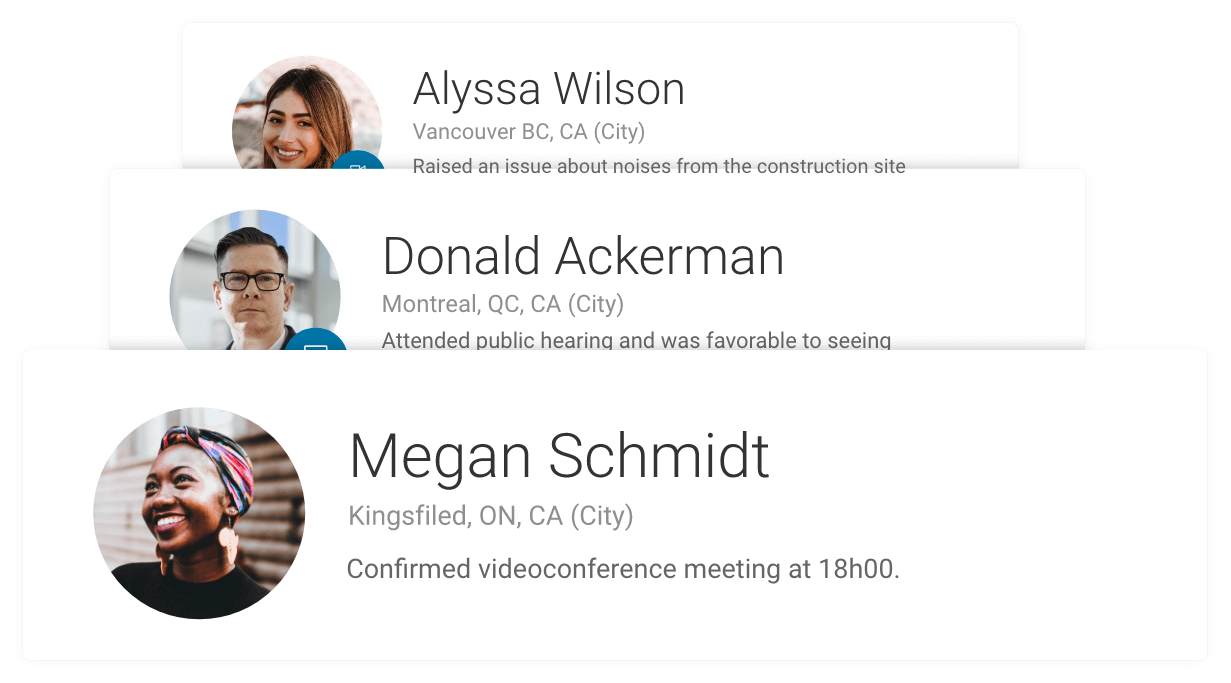
Define & monitor strategic engagement plans per stakeholder & issue
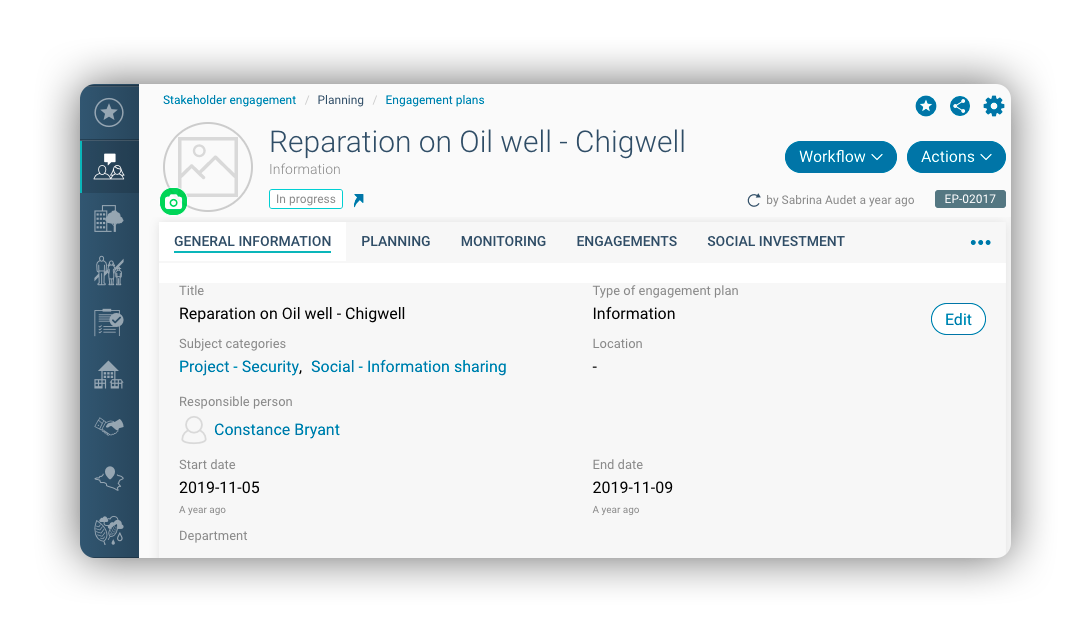
View stakeholders and interactions on a map, and link them to assets
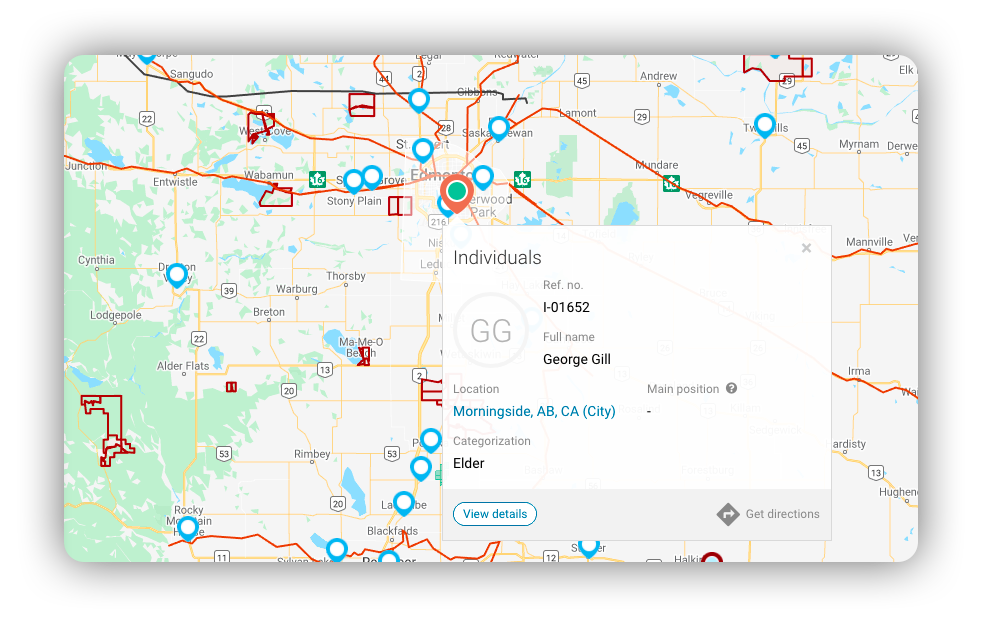
Personalize dashboards to keep key information and trends in easy sight
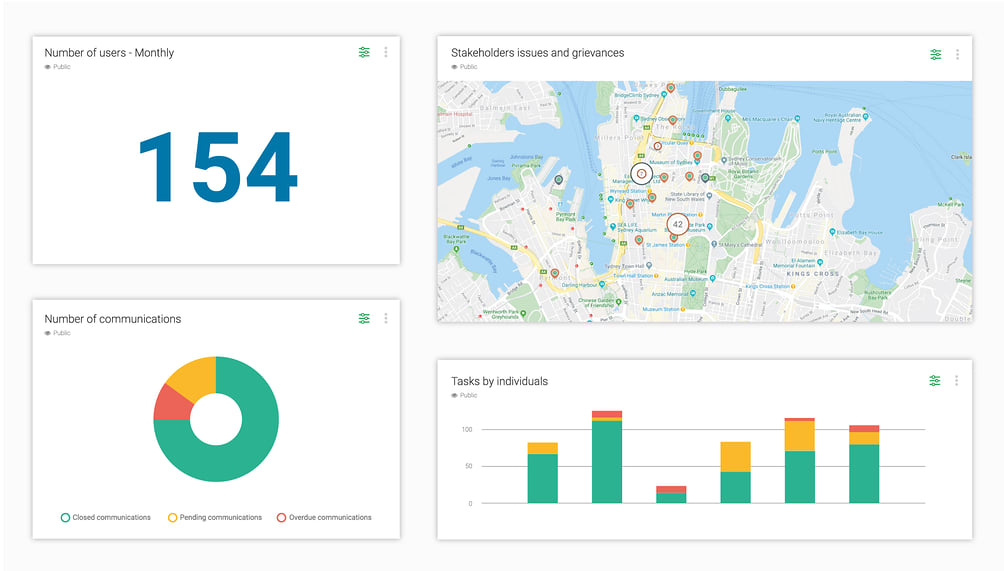
Report to internal management teams, regulators, lenders, etc. in minutes
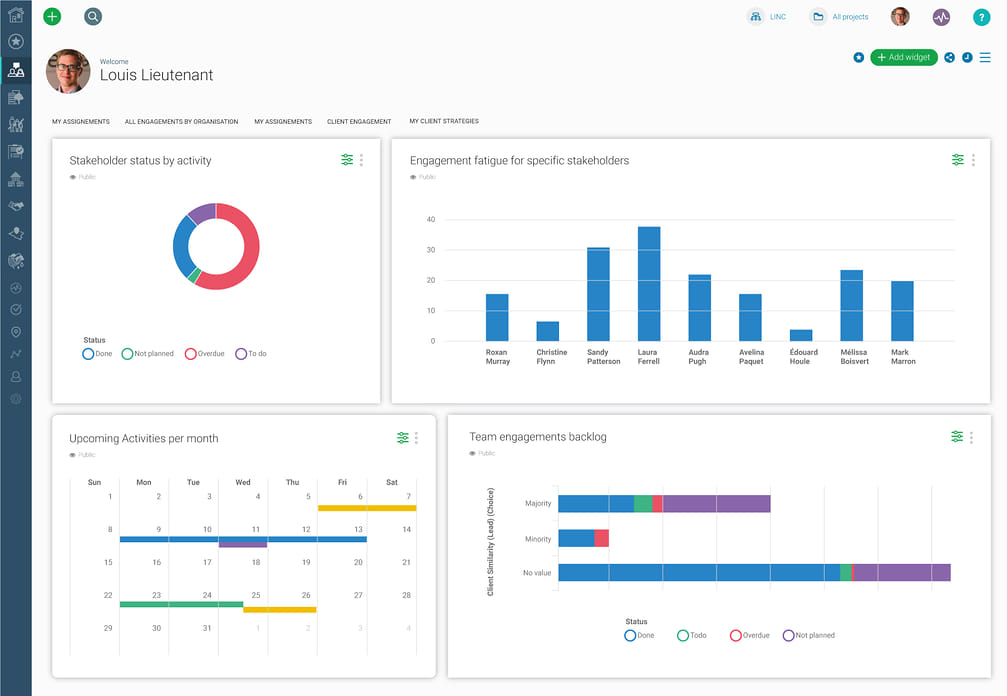
Continuously improve your
stakeholder management outcomes
Borealis stakeholder management software is updated 4 times a year based on the feedback of more than 6,000 global users
to keep up with stakeholder management best practices.
Work more efficiently
Easily feed data into Borealis in multiple ways without slowing down your work
- Email integration
- Grievance portal
- Mobile app
- Batch upload data
Be more proactive
Always know which stakeholders you need to talk to, about what issues, when, and how
- Smart communications
- SMS functionality
- Stakeholder assessment
Improve decision making
Always have a clear view of stakeholder sentiment and engagement activities
- GIS capability
- Visually compelling out-of-the-box reports
- Drill down on any map, graph or list
- Powerful analytics features
Don’t put your
data at risk.
A non-secure system can jeopardize an organization’s projects and reputation. It’s important to work with a proven software that can maintain the confidentiality, integrity and availability of your data.
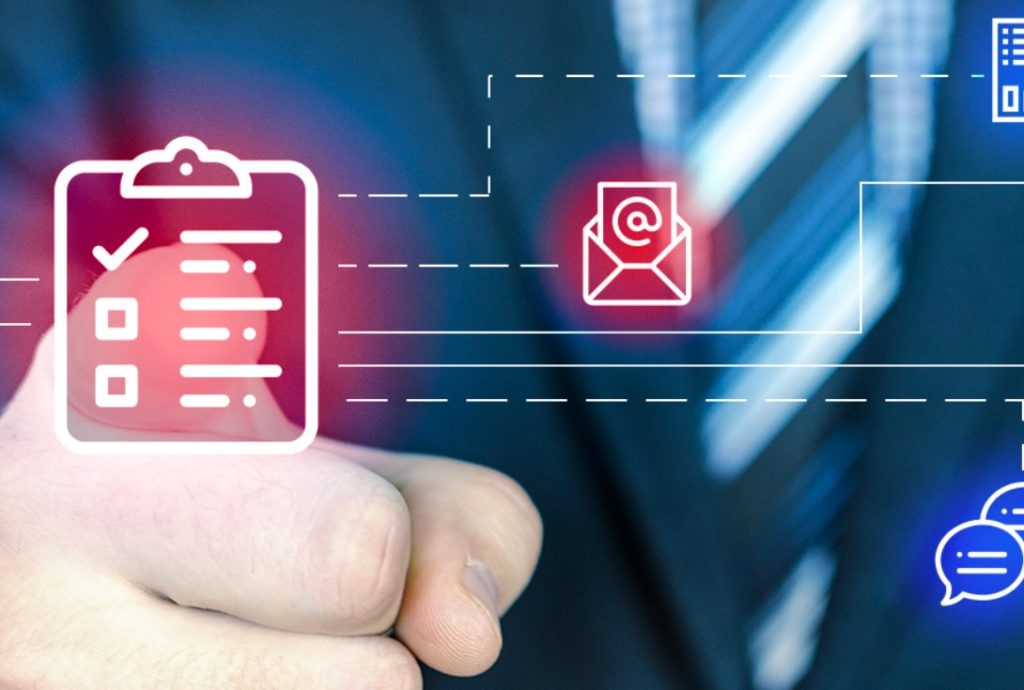
Ask us why stakeholder management professionals around the world use Borealis software.
Stakeholder Management Software FAQ
Stakeholder management software should have a user-friendly, intuitive interface and include tools that help users input and view information without interrupting their daily routine. Example of such features are email integration with Outlook and Gmail, batch import of historic data through spreadsheets and Chrome extension.
A native mobile application with offline capabilities is an asset for people working in the field. This is a key component of the best stakeholder management software packages. In addition to those features, look for stakeholder management software that is frequently updated and improved. Finally, make sure your stakeholder information is secure to avoid data breaches and privacy issues; the best stakeholder management software protects sensitive information no matter what device is being used.
Advanced stakeholder management software allows you to collect and analyze data in many different ways and has robust report-generating capabilities. Features such as integrated maps and other visualization tools further increase the functionality of the software and can make communication and collaboration even more efficient and effective.
Scalability and customizability are key to tailoring stakeholder management software to your organization’s needs for specific projects. Pricing will vary depending on the size of your project and the number of users; compare pricing structures to find the best stakeholder management software for your organization and your project.
Support from your software provider is essential and ensures that your teams will use the software to its best advantage. Look for strong, results-driven customer support and a team that is skilled at change management and software implementation.
Stakeholder management software is critical to project management because it gives you a clear and complete overview of the project and its stakeholders. This software centralizes your stakeholder information, interactions, commitments, and engagement plans, ensuring that everyone on your team has the most up-to-date information possible. Everyone charged with stakeholder management on a project can see who the stakeholders are, their interest and engagement levels, and their primary concerns. With this information, everyone working on the project will understand how to manage communications and other engagement activities with each stakeholder. Stakeholder management software also lets teams collect feedback in an efficient, democratic way By producing high-quality visuals such as charts, graphs, and maps, stakeholder management software makes it easy for everyone to grasp the state of stakeholder relations and how engagement can be improved. In short, stakeholder management software simplifies the process of planning, engaging, and monitoring your engagement activities.
Identifying and engaging with stakeholders is key to keeping a project on track. Stakeholder analysis helps project managers anticipate resistance to a project, including which stakeholders might impact projects at which times and in which ways. With this information, project managers can be proactive in planning engagement activities, tracking the effectiveness of communications, and scheduling feedback collection.
Poor stakeholder management can delay or even derail a project, resulting in lost time, money, and resources. Failing to recognize the stakeholders in a project and understand their concerns can also severely damage an organization’s reputation and the trust that the organization has established with stakeholders. These stakeholders can include everyone from the organization’s own employees to the general public, whose good will can take years – or even decades – to regain, when it is possible to win it back at all. Implementing effective stakeholder management software is vital to keeping stakeholder concerns front and center in project planning and execution. By channeling communications through this software in one accessible location, your teams are always aware of how different stages of the project impact stakeholders so that decision-making is more inclusive, fair, and acceptable to everyone affected.
To identify stakeholders, start by reviewing the project documentation, including the project charter, which should include the stakeholders. Connect with project managers, subject matter experts, and industry experts who have worked on similar projects and ask for their input about groups, such as government departments, agencies, and individuals who have impacted their projects in the past. Brainstorm with others connected to the project, focusing on questions like:
- Who will be affected by the project?
- Who stands to gain from the completion of this project, and who stands to lose?
- Whose approval is necessary for the project to proceed?
- Whose resistance could prevent the project from going ahead?
Generate as long a preliminary list as possible, including all potential stakeholders, and enter the information in your stakeholder management software. From there, use outreach efforts and market research to identify key stakeholders’ levels of interest and concerns about the project. This will help you determine what types of information to share, and what sort of communications will help you reach them.
Stakeholders can include customers, competitors, environmental groups, governments, NGOs, customer advocacy groups, social advocacy organizations, local residents, land owners, media, and the global community. These groups are likely to have an enormous diversity of concerns. Stakeholder management software can play a key role in mapping these stakeholders, soliciting their feedback, planning your engagement activities with them, and resolving conflicts.
Stakeholders often vary by industry. For example, pipeline construction might impact landowners, environmental organizations, regulatory agencies, indigenous communities, and municipalities along the pipeline route. A port expansion might have different stakeholders, including port authorities, coastal conservation groups, dockworkers, fishermen and fisheries, and tourism or hospitality businesses that rely on port-related activities.










